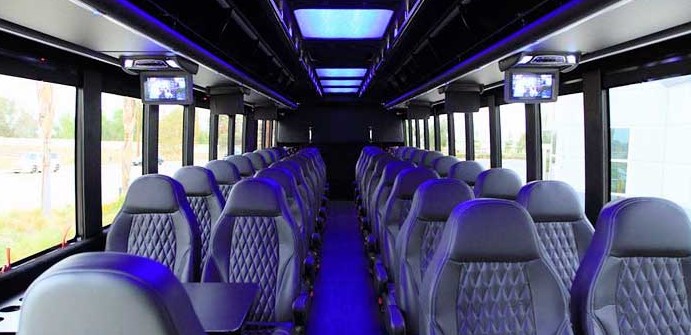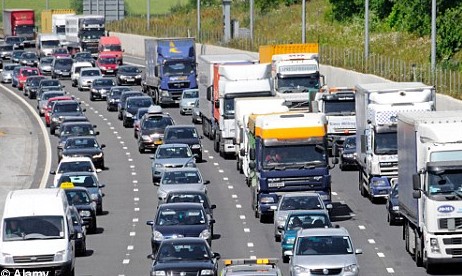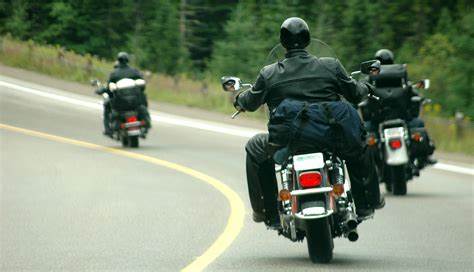Corporations have become more aware of their footprint, whether it is the environmental, social or geopolitical footprint. It has become a trend for these corporations to try and minimize their effect, or even better, to make a positive impact – or footprint – on the cities and societies in which they exist. It is for that reason that many companies and businesses today are looking at more efficient ways to transport employees.

Benefits of Charter Bus Commuting
Opting for charter buses as a means of transportation for employees brings about advantages that improve both efficiency and employee satisfaction. The convenience of organized and punctual travel fosters a sense of unity among employees as they travel together building camaraderie and strengthening team cohesion. Companies like https://chartercoachbustoronto.com state that use of their charter buses has helped employee morale. Charter buses also help alleviate the stress associated with commutes, allowing employees to arrive at work or corporate events in a fresh and ready state of mind. Other benefits include:
- Economical. Coach charter buses provide a cost option for businesses compared to alternatives, like carpooling or taking public transportation.
- Save time. Coach charter buses can help employees save time by eliminating the need to drive themselves to and from work.
- Stress free travel. Commuting can be a experience but coach charter buses provide a solution by offering a comfortable and relaxing journey.
- Convenience at its best. Coach charter buses offer a mode of transportation for commuting with pick up and drop off locations conveniently located near workplaces.
- Prioritizing safety. Businesses always prioritize safety and coach charter buses are a choice, for ensuring the safety of employees during their commute.
Impact on Environment & Traffic
Using coach buses as a mode of transportation also reduce the carbon footprint by consolidating commuting efforts. It significantly reduces traffic congestion and parking challenges at the workplace. Using charter buses offers advantages for both the environment and traffic management. By consolidating the transportation of as many as 50 individuals into a single vehicle, charter bus significantly reduces the number of cars, on the road. This helps alleviate traffic congestion and promotes traffic flow. Moreover, research has shown that this reduction in private vehicle usage leads to a decrease in carbon emissions, which positively impacts air quality and environmental preservation. Charter buses serve as an economical and environmental transportation solution that helps to reduce the environment footprint, not only that but it also helps relieve the strain on urban infrastructure. By fostering a efficient transportation system charter buses play a vital role, in creating cleaner and less congested urban environments for everyone involved.

Cost Savings for Businesses
Businesses are always looking for new ways to save on transportation. Interestingly, they can achieve cost savings by opting for charter buses as a means of employee commuting. This approach helps them avoid the expenses associated with maintaining a fleet of vehicles, fuel costs and other related expenditures. Moreover, one of the advantages lies in the cost efficiencies achieved through group travel. Charter buses can accommodate a large number of employees in a single trip thereby considerably reducing individual commuting costs such as fuel expenses, tolls and parking fees.
Additionally, buses often offer amenities like Wi-Fi connectivity, seating arrangements and onboard facilities that negate the need for reimbursing employee travel expenses. Employees can make use of their time during bus journeys by turning them into work hours. On the whole utilizing charter buses helps to contribute to a streamlined budget while also providing employees with a convenient and cost effective commuting solution.
Potential Challenges
There are a challenges that come with using coach buses for employee commuting. Some point to the state of public transit ridership today. However, there are others challenges. Firstly it can be quite a task to find a company that operates in your area. You see there is no guarantee that the company you use will have the necessary licenses and insurance. Secondly even if you manage to find a company there’s no guarantee that their buses will arrive on time. This can pose as an issue if your employees depend on the bus to get to work punctually. Thirdly charter buses tend to be pricier compared to modes of transportation, like trains or subways. If your company is working with budgets this might not be the suitable option. It is also possible that some employees may not feel at ease when it comes to taking a coach charter bus for their commute. They might prefer driving themselves or relying on transportation instead.
Overall, the recent trend of chartering buses for corporate transportation is one that is to be encouraged, since it not only helps companies and employees, but it also helps the overall society, traffic and the environment. Considering their convenience, comfort, reliability, cost effectiveness and safety features it is clear that business owners and corporations will continue to use this mode of transportation.

